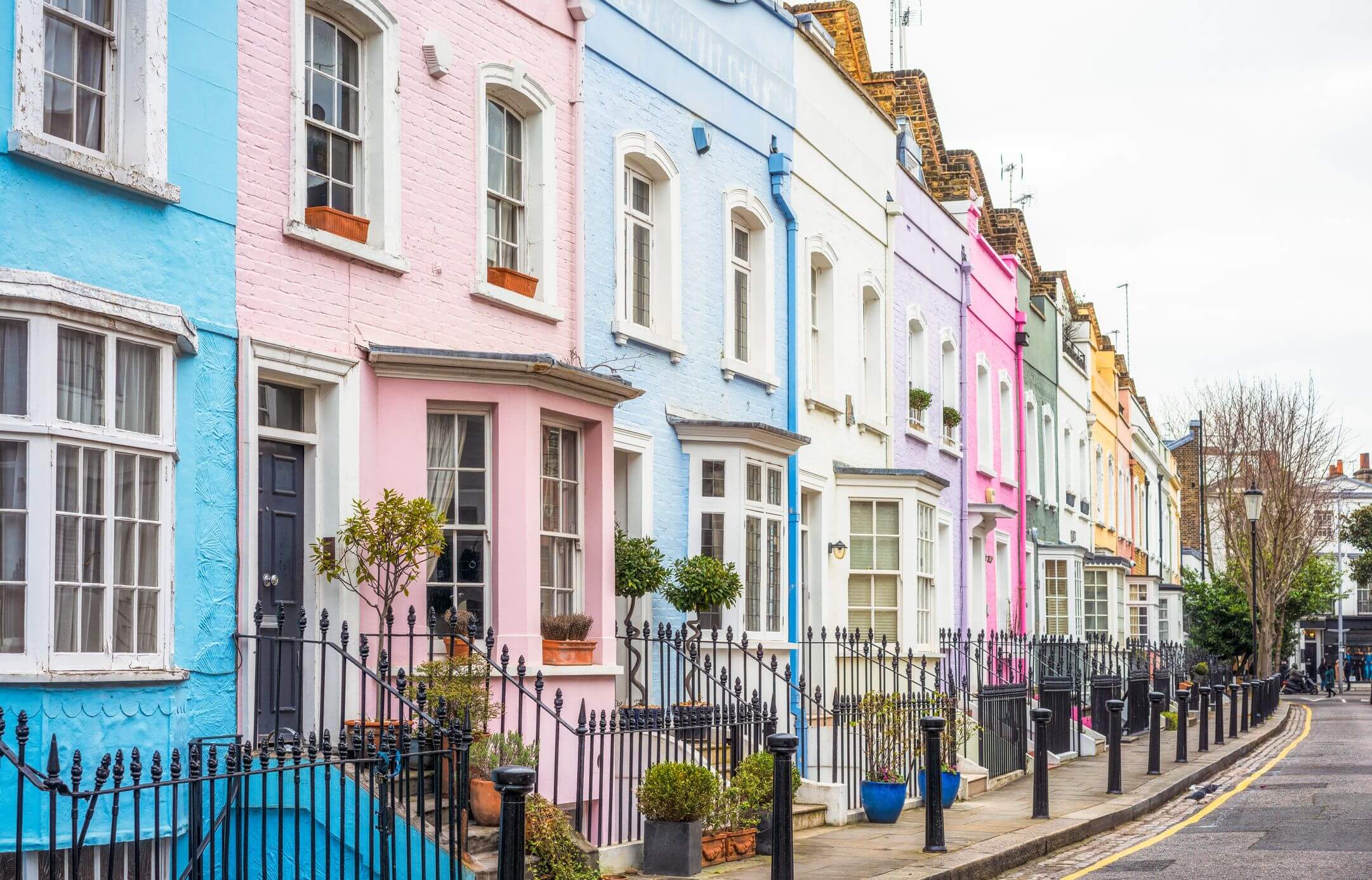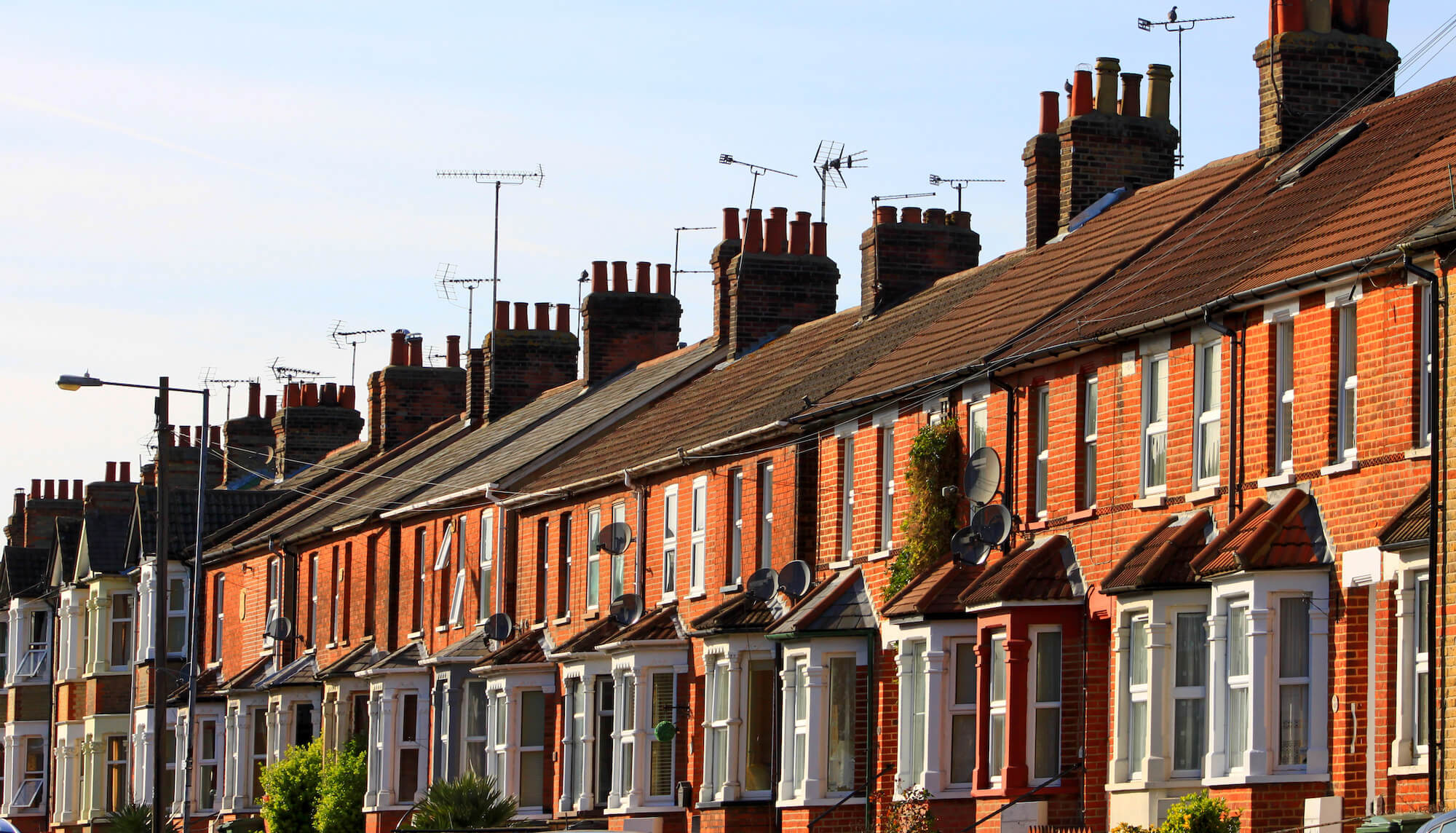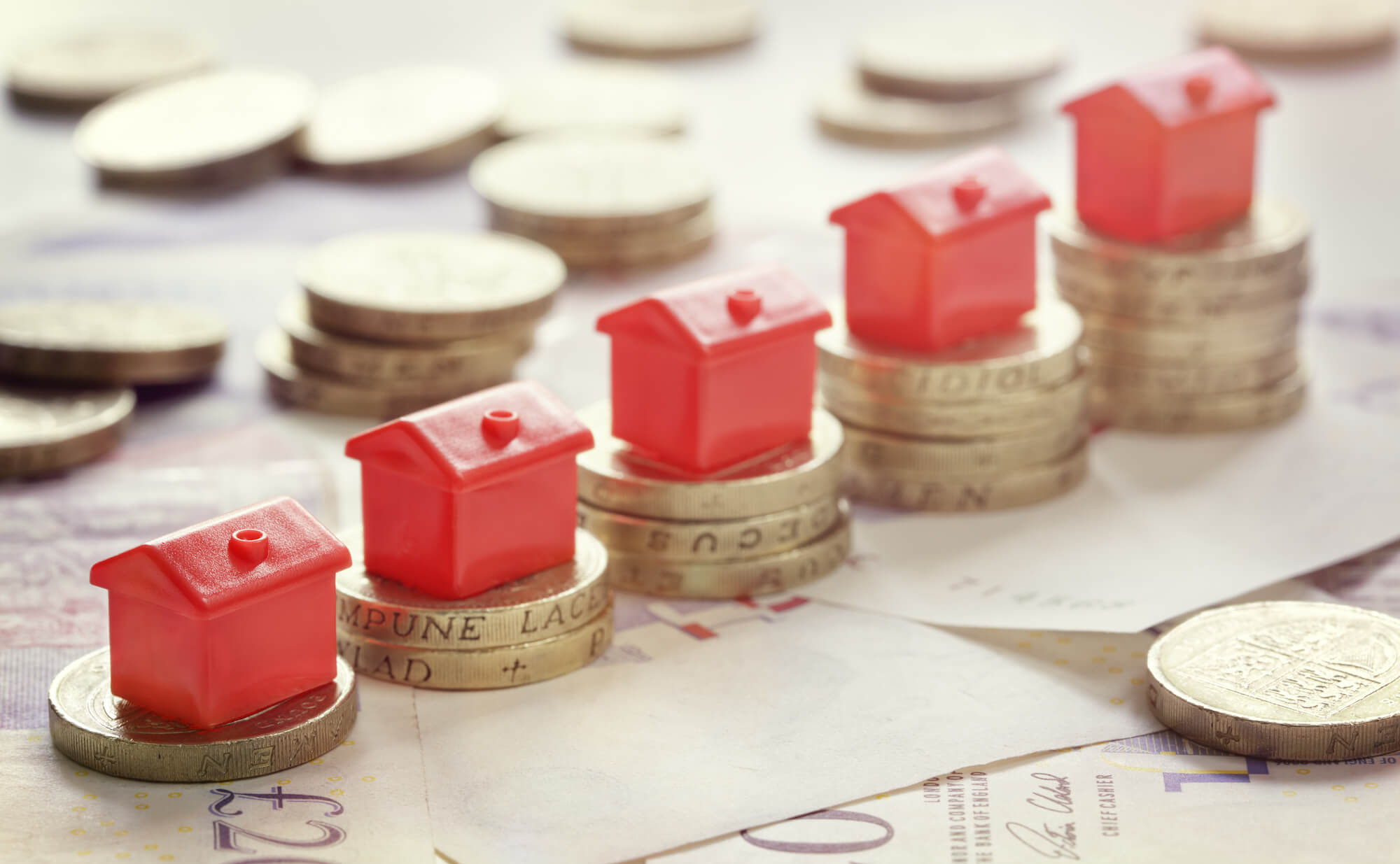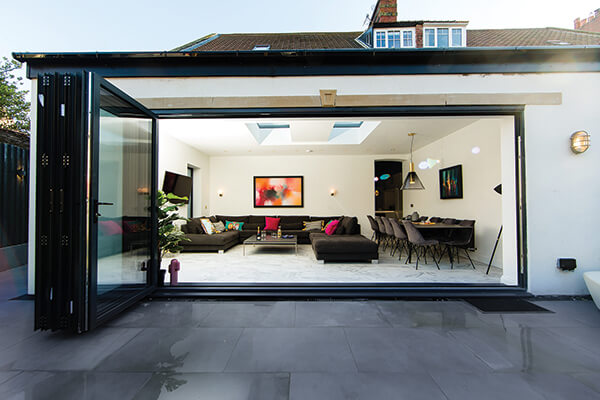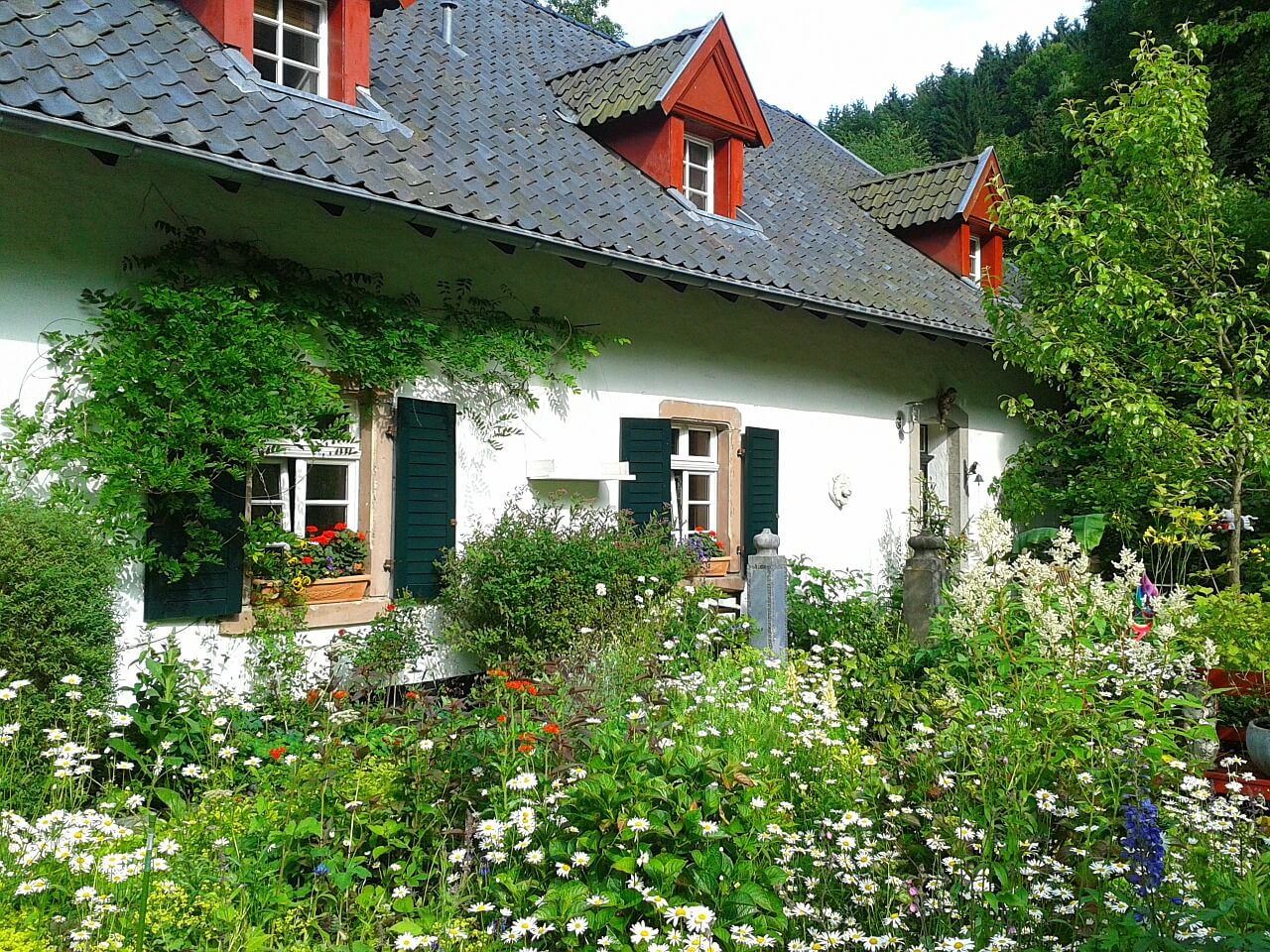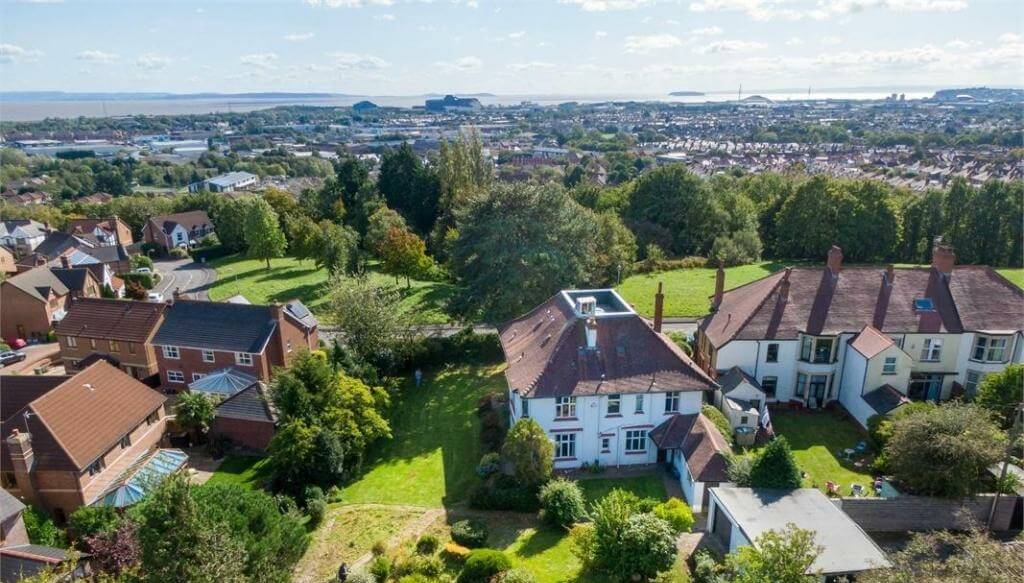Average 3% Growth in Property Prices for 2022
Last year saw the highest rise in property prices since just before the big recession in 2006. By December 2021 they were up 10.4 per cent annually, bringing the cost of the average home to £254,822, according to figures from the Nationwide Building Society.
That annual price rise of £23,902 was in direct opposition to what was happening with the rest of the UK economy. In fact, house prices went up far higher than household incomes did (the highest discrepancy since 1983, in fact).
Omicron boosts house price growth
Repeated lockdowns and Brexit cast negative effects on thousands of companies, many of whom are still struggling to survive – especially with the onset of Omicron.
The variant helped to boost house prices too, with many householders reluctant to put their property on the market in December for fearing of contracting the virus.
A spokesman for upmarket estate agents Savills said they have predicted a UK-wide 3.5 per cent rise in property prices for the whole of 2022. But that is only on condition that the pandemic-induced demands for more space and a more rustic or coastal setting abates. Probably the biggest effect on house prices this year will be whether or not the gap between buyer demand and property supply grows or shrinks.
Zoopla’s analysts agree this year’s property price growth will be around the three per cent mark. Director of research, Richard Donnell, reckons there will be around 1.2m property transactions this year (compared to 1.5m in 2021). Big growth areas, he surmises, will be the east Midlands and north-west England.
Chief lenders at the Halifax are more cautious about house price growth, predicting just a one per cent rise over the next 12 months.
Average first deposit in London is £88,000
London is expected to remain in the doldrums with lower growth of 2%. Perhaps the figure for the capital isn’t surprising when you consider that the average 20 per cent deposit for a first-time buyer in London is £88,000. The sum was calculated by Nationwide in their December report and works out at 183 per cent of average gross income per annum.
Property in Wales sees biggest price rise
Of the four nations, Wales had the biggest house price rise last year. Figures from the Office of National Statistics showed an annual jump of 15.5 per cent in October year-on-year, bringing the value of the average property in the country to £203,224. Homes at the higher end of the market were particularly popular, with one Savills estate agent saying quadruple the number of homes worth at least £1million exchanged hands last year, compared to pre-pandemic levels.
In Scotland the figure was 11.3 per cent, bringing the cost of the average property to £181,391. Northern Ireland, there was a 10.7 per cent increase, resulting in an average £159,109 figure. England was the lowest at 9.8 per cent (lower, in fact, than the UK-wide price rise figure of 10.2 per cent), with the cost of the average property in England – excluding London – hitting 285,113.





